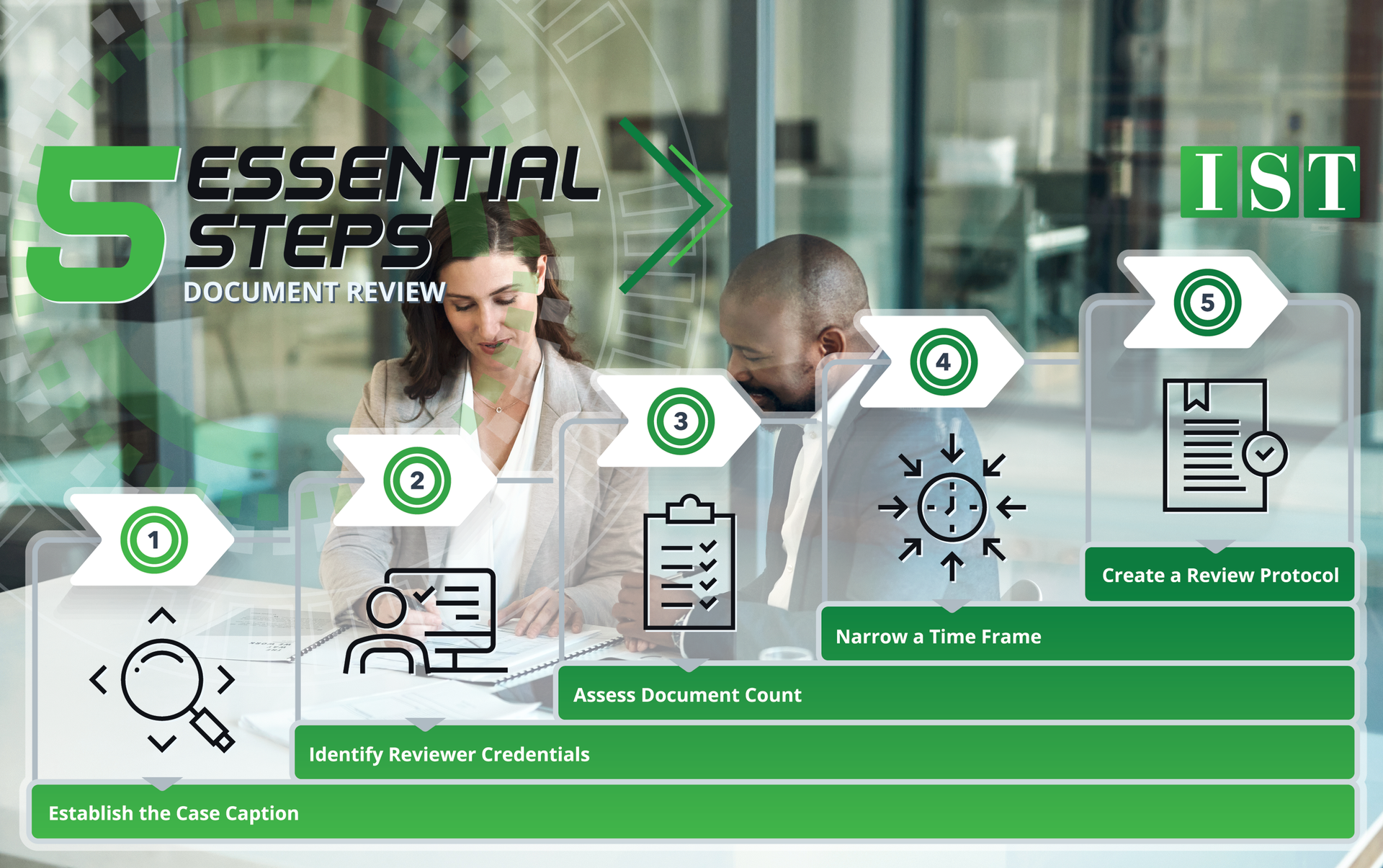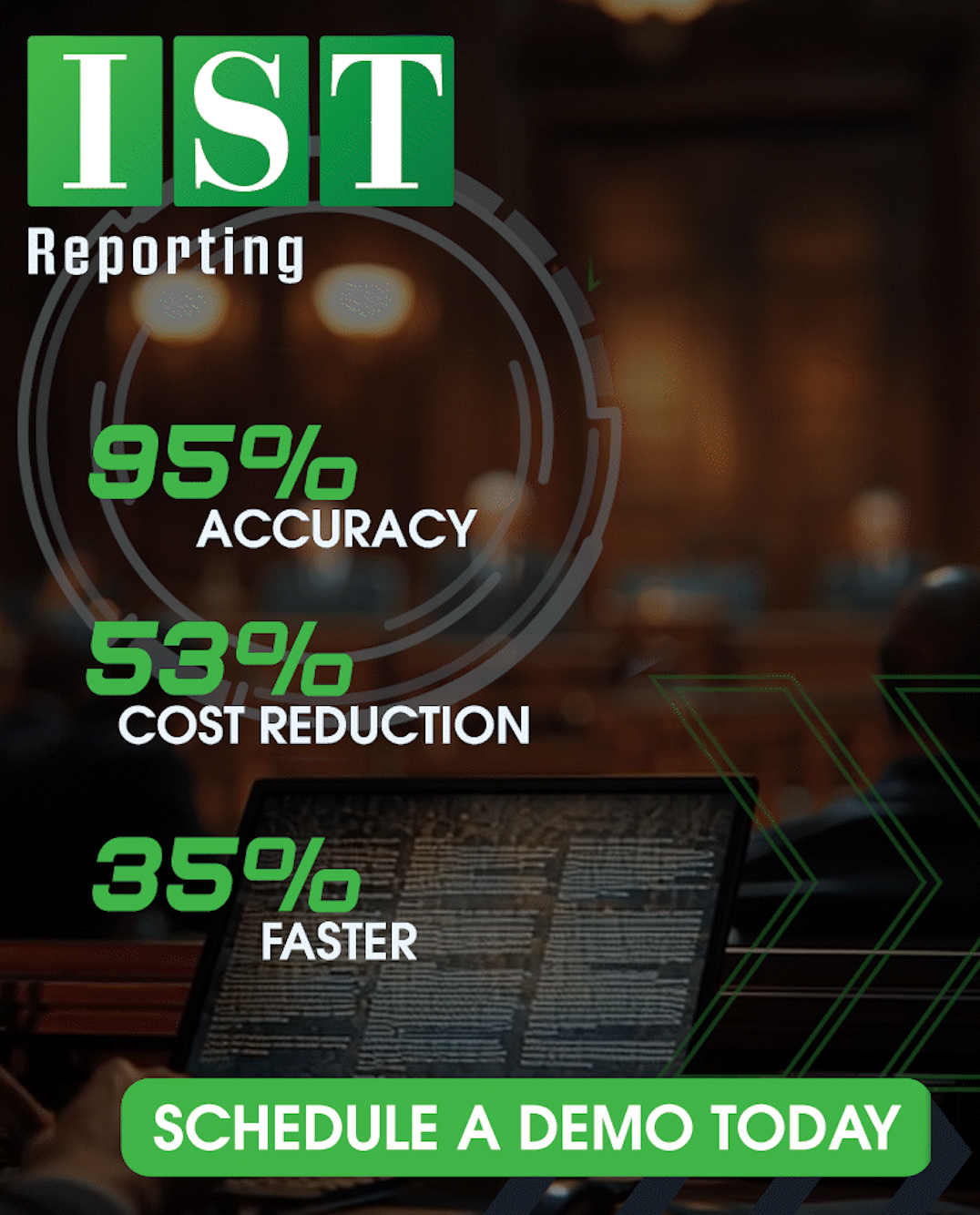5 Essential Steps to Prepare for Your Document Review Project
Innovate & Integrate
Document review can quickly become an expensive and tedious step in litigation if those involved are unprepared. Having a clear understanding of the project, including the full data set and end goals, will keep all parties focused on the matter at hand.
Regardless of case size, following these five steps can make preparing for your next document review project a seamless and organized process.
1. Establish the Case Caption
First and foremost, ensure that all parties involved in the litigation are accurately identified. Screening each helps to determine which parties the reviewer has worked for or against in the past. Having this information upfront can avoid potential conflicts of interest and ensure a more streamlined review.
2. Identify Reviewer Credentials
Determine the credentials of the reviewers who will join the team. Should they be well-versed in specific review platforms? Do they need subject-matter expertise or specific or specialized licensing? Knowing the reviewers' qualifications will help gauge their suitability for the task.
3. Assess Document Count
A rough estimate of the number of reviewed documents is essential in preparation. Establishing the data set allows the review team to plan accordingly and allocate resources efficiently. Whether it's a cursory count or a detailed estimate, knowing the document count will help set the scope of the project.

4. Narrow a Time Frame
Determine if there are any deadlines or specific time frames within which the review must be completed. Providing a deadline will help determine the team size needed to meet these deadlines. Having a clear timeline ensures that the project stays on track and helps manage client expectations.
5. Create a Review Protocol
Written instructions directed by counsel are crucial for guiding the review process. If you're unsure where to start, IST's Managed Review team can provide a template to help you draft these guidelines. Clear and precise instructions will help the review team understand precisely what is expected, minimizing errors and maximizing efficiency.
These five guidelines will enable an efficient and effective document review process for any case size. For those needing further guidance, IST's Managed Review team can consult and help prepare clients' next document review project. A structured approach not only saves time and money but also ensures a higher-quality review.






